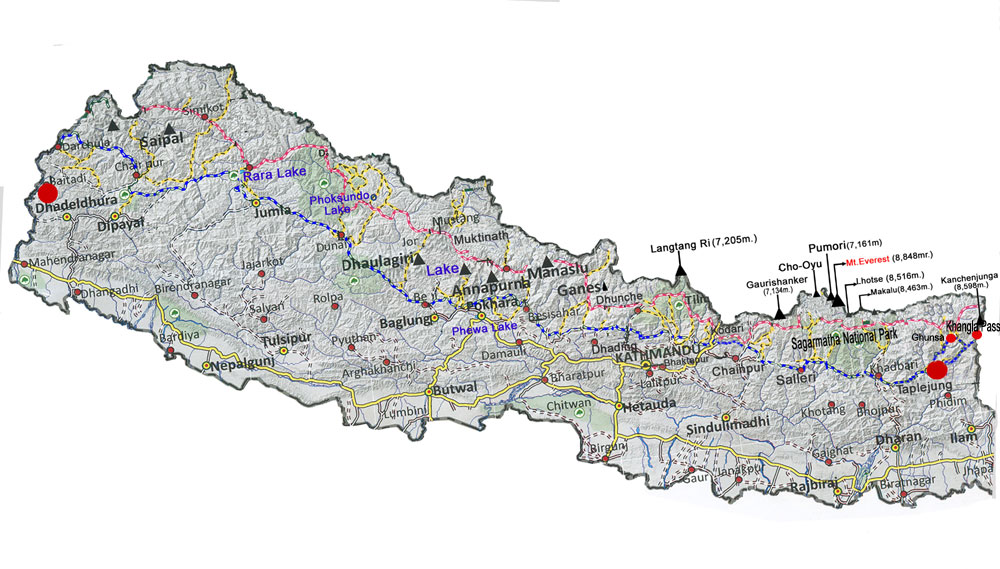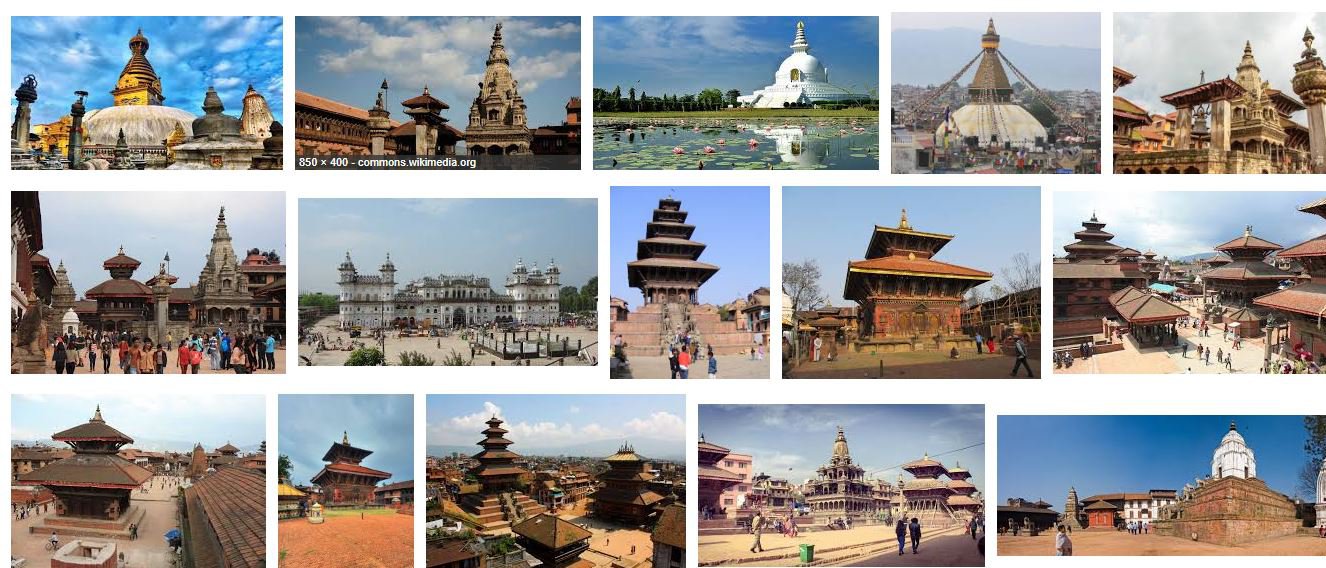Why People Call Nepal Natural Museum?
Nepal is often called a natural museum due to its rich and diverse natural beauty, cultural heritage, and biodiversity. It is home to Mount Everest, the highest peak in the world, as well as several other majestic mountain ranges, including the Everest, Annapurna, Dhaulagiri, and Langtang Ranges.

Apart from mountains, Nepal is also known for its diverse flora and fauna, with a wide range of ecosystems, from tropical forests to alpine meadows. The country has over 6500 flowering plants, 848 species of birds, and 181 species of mammals, including the Bengal Tiger, One Horned Rhinoceros, and Snow Leopard.
Furthermore, Nepal is also known for its rich cultural heritage. Over 100 ethnic groups and languages, each with its unique customs, traditions, and festivals, live in Nepal, which is home to several UNESCO World Heritage Sites, including the Kathmandu Durbar Square, Pashupatinath Temple, and Chitwan National Park.
Nepal's natural beauty, cultural heritage, and biodiversity make it a unique and diverse country, which is why it is often referred to as a natural museum.
The Surprising Reasons Behind Why People Call Nepal Natural Museum.
From its rich geographical landmarks to its plethora of indigenous flora and fauna, discover why Nepal is fittingly recognized as a natural museum! Learn the surprising facts that make this country so unique.
Nepal is often called a"natural museum," and for good reason. This landlocked country teems with natural wonders, from its diverse geographical landscape featuring eight of the world's tallest mountains and lush jungles to its wildlife and varied plant species. Let's explore why Nepal deserves the title of a natural museum.
The World's Highest Mountain Range: The Himalayas.
No discussion of Nepal's significance as a natural museum would be complete without mentioning its incredible mountain range, the majestic Himalayas. Stretching over 1,500 miles and across five countries (Nepal, India, China, Bhutan, and Pakistan), the Himalayas are home to some of the tallest peaks in the world. Eight of these mountains exceed 26,000 feet in height - Mt. Everest is the highest at 29,029 feet! These snow-capped giants are a stunning sight for visitors and host an abundance of unique wildlife species that have adapted to survive in harsh alpine conditions.
Stunningly Rich Culture and Multiculturalism.
Another reason why Nepal earned the ‘Natural Museum’ title is its stunningly rich culture and multiculturalism. Nepal's culture and history contribute to its unique allure, offering a vibrant tapestry of traditions, languages, and historical landmarks that complement its natural beauty. Home to over 100 ethnic groups and recorded as one of the world's most diverse countries, this tiny South Asian country reflects a unique crossroad between various identities stemming from its Hindu, Buddhist, Muslim, and Animist influences. From its ornately carved temples, deeply rooted traditions, and vibrant festivities to the ancient Gurkha culture and cherished music, art, handicrafts, or architecture - visitors will find plenty to explore!
Large Variety of Unique Wildlife Species.
Nepal is an incredibly biodiverse country with an astounding array of habitats, making it a haven for wildlife species. Its varying climates and altitudes have led to the formation of dense forests, soaring mountains, and vast grasslands—all providing the ideal conditions for wildlife to thrive. Examples of indigenous wildlife that call this country their home include tigers, snow leopards, Bengal tigers, Bengal floricans, red pandas, pangolins, and sloth bears, just to name a few!
A Blend of Different Ethnic Groups and Religions.
Due to its geographical position, Nepal has a unique blend of ethnic groups and religions. This is an integral part of why people call Nepal a natural museum; with over 100 different ethnicities, visitors to the country can experience an incredible array of cultures, cuisines, and festivals that reflect this vibrant cultural and religious diversity. Whether it’s exploring the Hindu temple complexes in Kathmandu Valley or Hiking through Buddhist Monasteries in Mustang, there's something here for everyone to marvel at!
An Abundance of Natural Resources and Scenic Beauty.
Tourists flock to Nepal to marvel at its spectacular natural beauty and diversity of resources. From soaring mountains such as Mount Everest to lush national parks brimming with exotic birds and animals or even the stunning terraced landscapes formed by centuries-old farming practices, this small but mighty country is packed full of natural wonders. Over 850 species of birds reside in Nepal, four of the eight highest mountain peaks in the world, and numerous other must-see attractions make it an actual natural museum.
FAQs
What is the meaning of 'natural museum'?
The term 'natural museum' refers to a place that showcases the extraordinary diversity and richness of natural landscapes, flora, fauna, and cultural heritage. It highlights how a region can be a living exhibit of natural and cultural wonders, like Nepal, which offers many unique experiences.
Which is the most famous museum in Nepal?
The most famous museum in Nepal is the National Museum of Nepal, located in Kathmandu. It comprises three separate buildings dedicated to different aspects of Nepal's history, culture, and art, offering visitors a comprehensive insight into the nation's heritage.
Why is Nepal called a natural museum?
Nepal is called a 'natural museum' due to its remarkable blend of natural landscapes and cultural richness. From towering mountains and lush valleys to ancient temples and vibrant festivals, Nepal presents a living display of natural and cultural phenomena that captivate visitors.
How many museums are there in Nepal?
Nepal boasts over 100 museums. These range from large, well-known institutions in Kathmandu to smaller regional museums that preserve local history, art, and culture, providing a broad perspective on Nepal’s heritage.

.webp)



